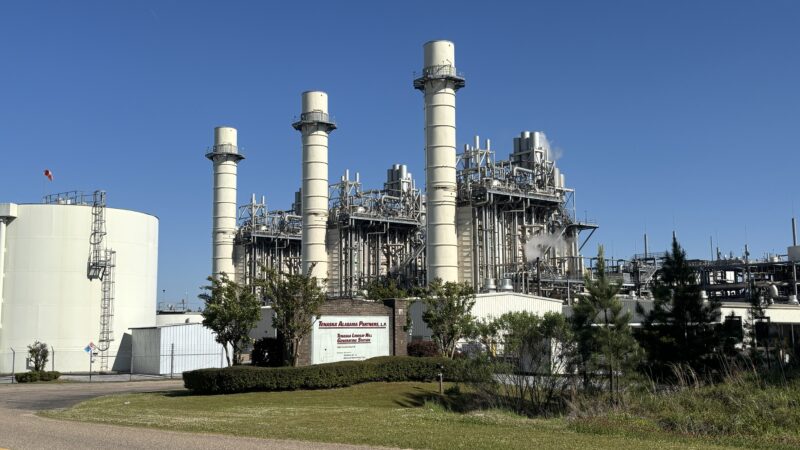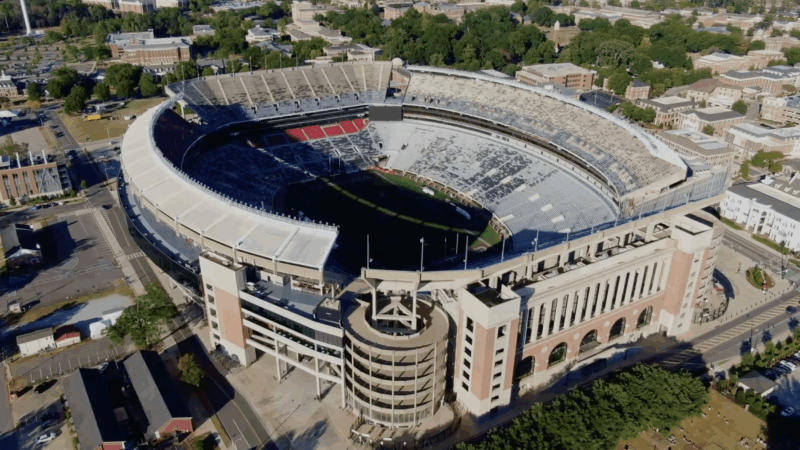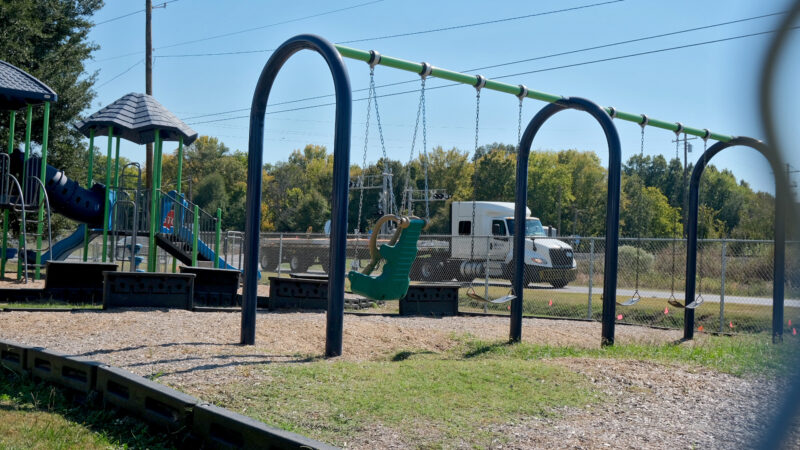Mount Etna erupts, shooting a massive ash cloud into the sky and raising alerts
Italy’s Mount Etna produced a spectacularly explosive eruption Monday morning, sending a ripple of reddish clouds down from its summit. The soaring ash rose to form a mushroom cloud high above Etna, Europe’s highest active volcano, triggering a red alert for aviation crews in the region.
The National Institute of Geophysics and Volcanology’s Etna Observatory in Catania estimated the volcanic cloud’s height at about 21,325 feet. The massive ash cloud was moving in a west-southwest direction, according to the agency, known as INGV.
The dramatic scene at Etna’s southeast crater was caught on multiple webcams, spreading quickly across social media. As seen in a Weather Sicily webcam video, the eruption rapidly grew from a few lava flows to cascades of boiling ash and smoke that rose into a large cloud.
Thankfully, the eruption doesn’t seem to have had any immediate impact on people in the area, other than forcing officials to halt tourists’ visits to the volcano, which is a popular destination and is located on the east coast of Sicily.
Officials believe that a large portion of the crater collapsed, according to the Italian news agency ANSA.
Aviation alerts were eased later on Monday as the INGV said volcanic activity and ash emissions were finally decreasing. With the ash cloud moving toward the west, operations at Vincenzo Bellini Catania Airport, due south of Etna, weren’t affected.
It’s not unusual for Etna to emit lava and gases from its summit craters. Etna is “the most active stratovolcano in the world that has continuously pumped ash and lava” for thousands of years, according to the United Nations. (A stratovolcano, also known as a composite volcano, is often steep and conical, according to the U.S. Geological Survey. In contrast, shield volcanoes, like Hawaii’s Mauna Loa, are larger but with a more gradual slope.)
Etna has a long history of frequent eruptions, documented at least to 1500 B.C.
Most of Etna’s eruptions are “Strombolian eruptions” — ejections of cinder, gas and molten lava that result from repeated, but relatively small, explosions.
“The Strombolian activity generally affects a limited area around the vent and is not an agent of risk [to] built up areas” around Etna, according to Italy’s Civil Protection Department. Etna’s lava flows are also normally viscous and slow-moving, often allowing authorities to intervene to redirect flows that threaten communities.
Etna’s eruptions have produced striking scenes over the years, from a vivid nighttime display in 2011 to an outburst that preceded an earthquake in 2018.
Alabama Power seeks to delay rate hike for new gas plant amid outcry
The state’s largest utility has proposed delaying the rate increase from its purchase of a $622 million natural gas plant until 2028.
Former U.S. Sen. Doug Jones announces run for Alabama governor
Jones announced his campaign Monday afternoon, hours after filing campaign paperwork with the Secretary of State's Office. His gubernatorial bid could set up a rematch with U.S. Sen. Tommy Tuberville, the Republican who defeated Jones in 2020 and is now running for governor.
Scorching Saturdays: The rising heat threat inside football stadiums
Excessive heat and more frequent medical incidents in Southern college football stadiums could be a warning sign for universities across the country.
The Gulf States Newsroom is hiring an Audio Editor
The Gulf States Newsroom is hiring an Audio Editor to join our award-winning team covering important regional stories across Mississippi, Alabama and Louisiana.
Judge orders new Alabama Senate map after ruling found racial gerrymandering
U.S. District Judge Anna Manasco, appointed by President Donald Trump during his first term, issued the ruling Monday putting a new court-selected map in place for the 2026 and 2030 elections.
Construction on Meta’s largest data center brings 600% crash spike, chaos to rural Louisiana
An investigation from the Gulf States Newsroom found that trucks contracted to work at the Meta facility are causing delays and dangerous roads in Holly Ridge.









